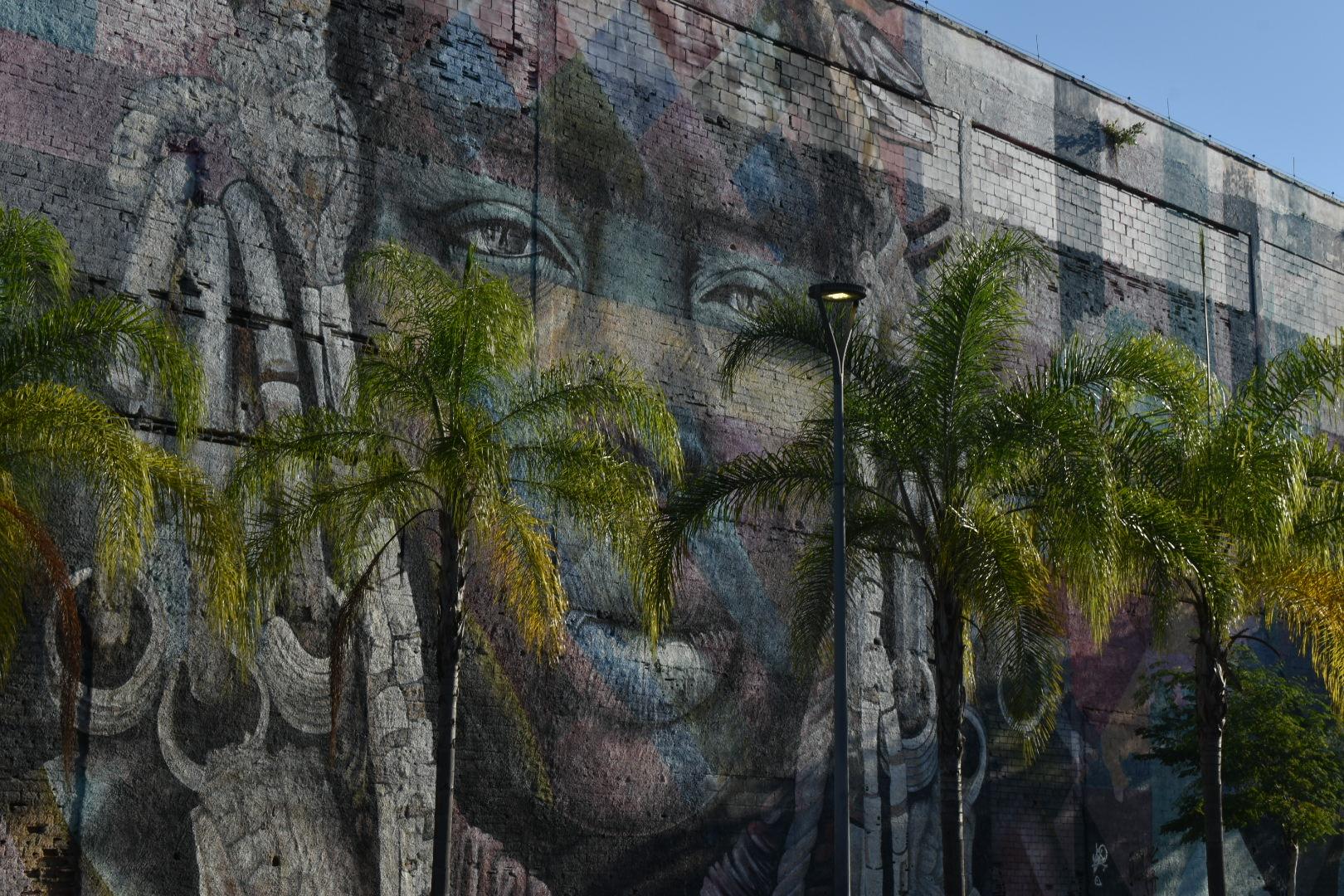Sophia & Victor
Things To Do | Coisas para fazer

Christ the Redeemer
One of the Seven Wonders of the Modern World, located on top of beautiful Corcovado mountain. One of the best views of Rio, stretching all the way out to Guanabara Bay. There's a beautiful chapel at the top, gift shops, and if you're lucky - maybe you'll spot a sagui!
Sugarloaf Mountain
Sugarloaf Mountain, or in Portuguese, "Pão de Açúcar" is a landmark that consists of two separate peaks. It is one of the most famous landmarks in all of Rio! It is named as such because the twin peaks resembled refined sugar "loafs" used to transport sugar. To get to both peaks, you have to take a cable car, which stops at each peak. You can enjoy restaurants, gift shops, and great views!
Parque Lage
A beautiful public park in Rio next to the botanical gardens. The main building used to be an old sugar mill owned by industrialist Henrique Lage. Inside, there's a gorgeous view of Christ Redeemer and Tijuca Forest, as well as a reflecting pool and a cafe with tables where you can sit and admire the view.
Copacabana Palace, A Belmond Hotel, Rio de Janeiro
At the copa (co) Copacabana (Copacabana)! Music and passion were always the fashion... The Copacabana Palace is a Belmond hotel property, with multiple bars, restaurants, and a spa. The storied spot is celebrating 100 years of history in 2023!
Copacabana Beach
You'll notice the famous wavy black promenade; a signature design by Brazilian landscape architect Roberto Burle Marx. Copacabana beach is always a pulsating, vibrant place to be: you can get a fresh coconut to drink, take a dip in the Atlantic Ocean, or grab a drink and a snack at a beach kiosk.
Jardim Botânico
The Botanical Gardens are perfect for an afternoon stroll, especially under the imperial palms or in the orchid house, as a respite from the sun's hot rays. You'll see a variety of flora and fauna, including giant Amazonian water lilies, indigenous flowers, and Pau Brasil trees (like in Victor's tattoo!) among statues, fountains, and beautifully landscaped gardens.
Maracanã
If you're a soccer fan, you could be lucky enough to catch a game here featuring some the local teams like Botafogo, Fluminense, Vasco or Flamengo. Or, you might be satisfied with a stadium tour to learn a bit more about the stadium that hosted FIFA World Cup (1950 and 2014) finals, Olympic Games (2016), and Copa America games.
Niterói Contemporary Art Museum
This UFO-looking structure designed by Oscar Niemeyer sits in Niterói, which is a bit farther away from Barra da Tijuca and Copacabana, and closer to the airports. Other than it being one of the city's most famous landmarks, it houses a wonderful collection of modern and contemporary Brazilian art from the 1960s to the present.
AquaRio
This aquarium is the largest marine aquarium in South America. This is closer to Niterói and the Art Museum, in the Port district. It is close to Olympic Boulevard where famous street artist Kobra painted a massive 623 feet long, 51 feet high mural "Ethnicities" (picture above) for the 2016 Olympics. AquaRio is at the far end and Museu do Amanhã is at the other!
Museu do Amanhã
Located in the Port district, the Museum of Tomorrow is a funky-shaped science museum that is super popular among all who visit Rio. It focuses on imagining the future 50 years across science and technology, complete with interactive exhibits and installations. Even if you don't go inside and find yourself in the area, it's a great chance to stroll along the water's edge in this part of town.